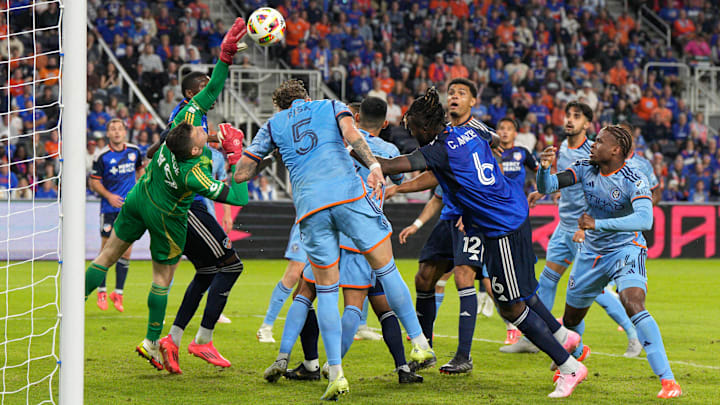In Major League Soccer, that infamous “salary cap” is a bit of a double-edged sword. On one hand, it keeps franchises from spiraling into debt, but on the other, it undeniably limits how much soccer can evolve in the United States. With a cap that means each player can earn no more than $650,000 a season, what initially sounds substantial ends up looking like spare change when compared to European leagues. And that’s not a side note—it’s the crux of whether MLS can actually keep up with the global game.
On the pro side, the salary cap’s seen as the cornerstone of competitive balance. The idea is, no MLS team can simply throw bags of cash around to stack a roster with stars while leaving others in the dust. In short, no one's going to be spending like a Paris Saint-Germain or a Manchester City here, leaving rivals in their financial wake. MLS wants every team to compete on an even playing field, making the league tighter and, in theory, more thrilling. Fans in the U.S., who follow sports like the NFL or NBA, likely appreciate this parity where no team’s bank account decides the championship.
Follow MLS Multiplex on X (Twitter).
But here’s the rub—soccer isn’t your typical American sport. It’s global, and if you glance at European leagues, a $650,000 salary barely registers compared to what players at mid-tier clubs bring home. How does MLS expect to attract and retain top talent when the pay can’t stack up?
This cap structure sets up a scenario where clubs looking to sign big-name players have to go through the “designated player” loophole. The DP rule lets each team sign up to three players with higher salaries that don’t count against the cap, making it possible for the likes of Lionel Messi to join Inter Miami. Yet here lies another catch: the DP system creates an internal pay gap, with stars earning millions while the rest of the squad can barely see six figures monthly. So how do you build a team culture where a handful of players are raking it in, while others are scraping by?
This pay gap also affects team dynamics, often undercutting morale. Imagine a locker room where you’ve got Messi pulling in millions, while young, pivotal players who keep the gears turning are capped at a fraction of that. That difference alone can weigh on team cohesion, as not everyone’s playing with the same level of commitment when it feels like the scales are so unbalanced. What’s more, it limits the team’s depth because funds that could strengthen the bench or raise overall quality are tied down by this financial rule.
Now, advocates of the salary cap argue it does more than just prevent financial chaos—it’s a lifeline for clubs in smaller markets, like Columbus Crew, to hold their own against franchises from major metros like New York City FC or LA Galaxy.
But is this fiscal discipline keeping MLS from reaching its global potential? Sure, fans may enjoy a league where every game feels close, but a successful league also needs star power, unforgettable matches, and talent that fires up fans. And, well, that doesn’t come cheap. So MLS finds itself at a crossroads: either lean toward a more flexible salary policy to draw marquee players and grow its international appeal or keep doubling down on financial balance at the potential expense of its global relevance.
Looking ahead, MLS might need to rethink its model. The salary cap has its perks, and the DP rule does ease some of the rigidity, but is it enough? By comparison, leagues like the Premier League and La Liga don’t use a salary cap. As a result, clubs like Real Madrid, Barcelona, and Manchester United can attract top-tier talent and compete at a level that MLS clubs can only dream of.
A middle-ground solution could allow MLS teams to stay competitive without losing financial stability: gradually raising the cap on player salaries as the league grows. This would give clubs the ability to keep quality players, sustain their long-term projects, and build a loyal, invested fan base. At the same time, it avoids the financial chasm we see in leagues where only a few teams dominate the field.
